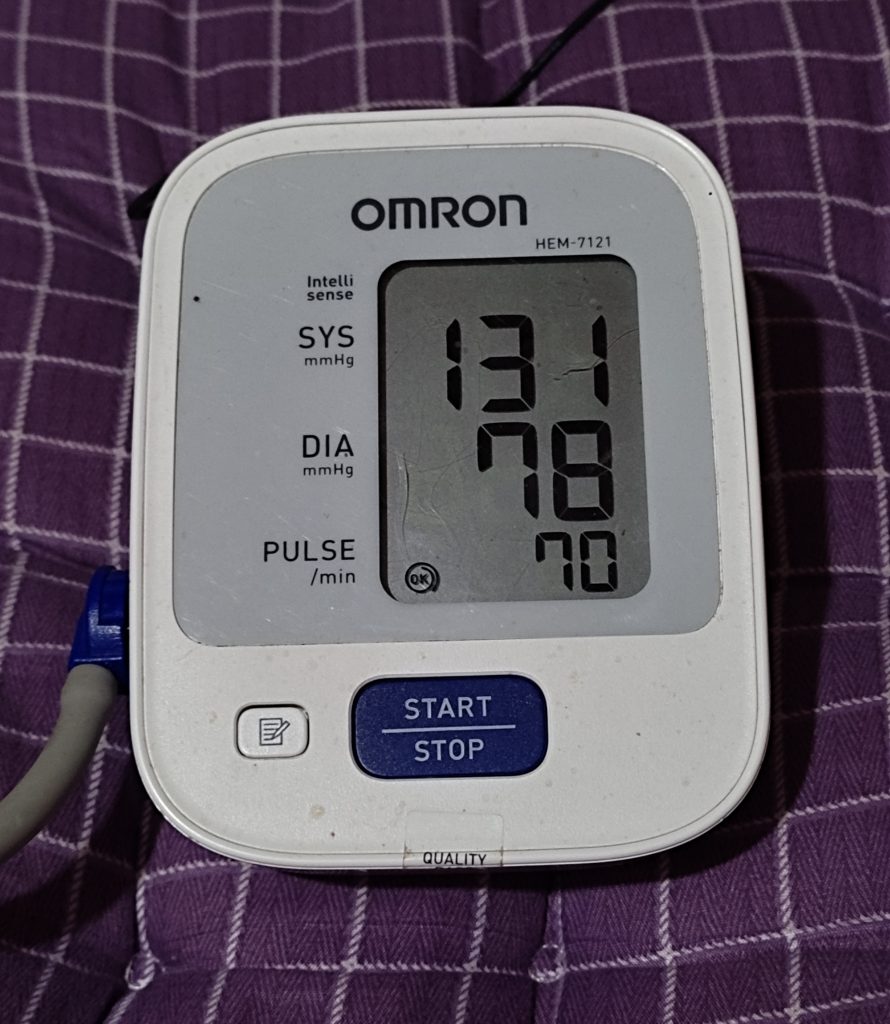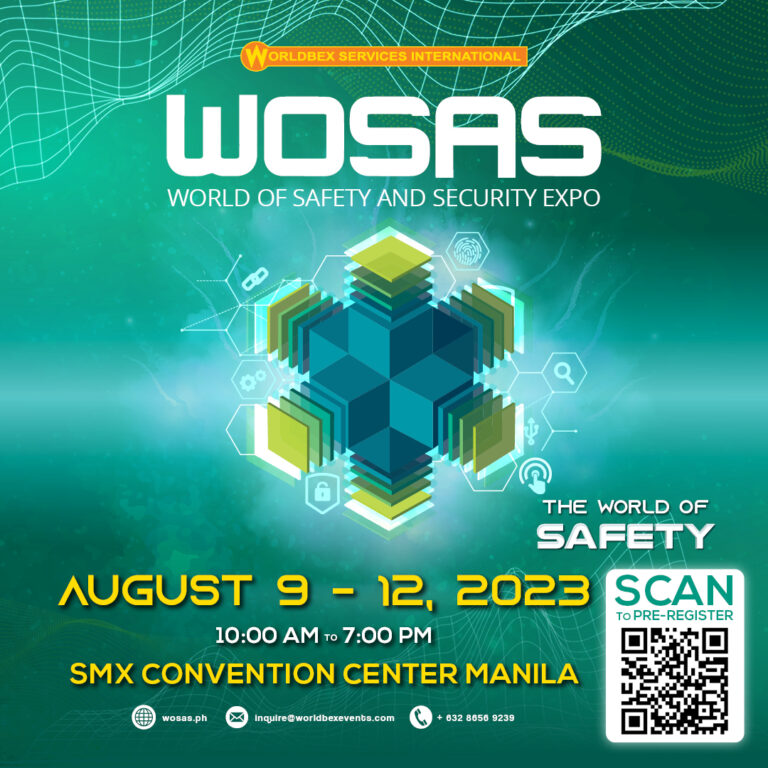Text and Photos by Henrylito D. Tacio
Hypertension – or high blood pressure – remains to be a health burden in the Philippines as only 27% of those with the condition have controlled their hypertension. The remaining 73% are courting for trouble as uncontrolled hypertension predisposes them to future cardiovascular consequences such as heart failure, stroke, and heart attack.
“Hypertension per se does not kill, but the complications are the ones that disable and kill a hypertensive,” says Dr. Rafael R. Castillo, a well-known cardiologist at the Manila Doctors’ Hospital.
The World Hypertension League (WHL), an umbrella organization of almost a hundred national hypertension societies and leagues, recognized that more than 50% of the hypertensive population around the world are unaware of their condition.
“Blood pressure is a measurement of the force exerted against the walls of your arteries as your heart pumps blood to your body,” explains Medline Plus. “Blood pressure readings are given as two numbers. The top number is called systolic blood pressure while the bottom number is called diastolic blood pressure.”
One or both of these numbers can be too high. When the blood pressure is lower than 120/80 mm Hg (millimeters of mercury) most of the time, then the blood pressure is normal. Hypertension happens when one or both of the blood pressure readings are higher than 130/80 mm Hg most of the time.
But “if the top blood pressure number is between 120 and 130 mm Hg, and the bottom blood pressure is less than 80 mm Hg, it is called elevated blood pressure,” MedlinePlus states.
You have stage 1 hypertension when the systolic number is between 130 and 139 mm Hg, or the diastolic number is between 80 and 89 mm Hg. Stage 2 hypertension happens when the systolic number is 140 mm Hg, or the diastolic number is 90 mm Hg or higher.

When the systolic number is over 180 mm Hg or the diastolic number is over 120 mm Hg, then you are experiencing hypertensive crisis. “Blood pressure in this range requires urgent medical conditions,” urges the website of Health Line. “If any symptoms like chest pain, headache, shortness of breath, or visual changes occur when blood pressure is high, medical care in the emergency room is needed.”
“It’s important we get an accurate blood pressure assessment so we aren’t over-treating or under-treating people,” Dr. Nieca Goldberg, an American cardiologist, was quoted as saying by Reader’s Digest.
The way you sit and the way you hold your arm can affect your measurement. Your blood pressure is different when you’re standing versus lying down, says Dr. Goldberg. The correct position is seated in a chair with your back flat and your feet flat on the floor.
The left arm is the best to take your blood pressure if you are right-handed, says the Cleveland Clinic. However, you can use the other arm if you have been told to do so by your healthcare provider. Rest in a chair next to a table for 5 to 10 minutes. The left arm should rest comfortably at heart level.
“Your arm should be flat on a table or supported by the person taking your pressure, it shouldn’t just be hanging in the air,” suggests Dr. Goldberg. If your arm is too high or low, it can affect how hard your heart has to pump to keep blood flowing, which then affects your blood pressure.
A blood pressure reading is taken with a pressure cuff. The cuff, however, has to fit just right. If it’s too loose, you could get false low blood pressure readings; if it is too tight, your reading might be inaccurately higher. “If the cuff feels too tight before it’s blown up, you know it’s too tight. If it’s falling off, you know it’s too big,” Dr. Goldberg says.
Blood pressure has a daily pattern. “Usually, blood pressure starts to rise a few hours before a person wakes up,” the Mayo Clinic says. “It continues to rise during the day, peaking at midday. Blood pressure typically drops in the late afternoon and evening.”
Many factors can affect blood pressure, according to MedlinePlus. These include: the amount of water and salt you have in your body; the condition of your kidneys, nervous system, or blood vessels; and your hormone levels.
Age is another factor. Your blood pressure increases as you get older. “This is because your blood vessels become stiffer as you age,” Medline Plus explains. “When that happens, your blood pressure goes up.”
Although it’s a silent disease, hypertension gives some symptoms like blurry or double vision, lightheadedness/fainting, fatigue, headache, heart palpitations, nosebleeds, shortness of breath, nausea and/or vomiting.
You have a higher risk of hypertension if you are obese, often stressed or anxious, drink too much alcohol (more than one drink per day for women and more than 2 drinks per day for men), eat too much salt, have a family history of hypertension, have diabetes, and smoke.
Most Filipinos are prone to hypertension due to high rates of smoking, low levels of high-density lipoprotein cholesterol, physical inactivity, high body mass index, older age, family history, stress, alcohol, high sodium in the diet, and chronic conditions such as diabetes.
Incidence of cardiovascular diseases in the country, based on the Philippine Heart Association survey among hospital-based populations showed hypertension as the highest (36.8%), followed by stroke (30%), coronary artery disease (17.5%), and heart failure (10.4%).
While there is no cure for high blood pressure, it is important for those with hypertension to take steps that matter, such as making effective lifestyle changes and taking blood-pressure lowering medications as prescribed by their physicians.
Fortunately, there is a wide range of drugs that can lower blood pressure. “The aim is to find the particular drug or combination of drugs that will lower your blood pressure to a safe level and prevent problems,” writes Dr. Julian Whitaker, author of Reversing Hypertension: A Vital New Program to Prevent, Treat, and Reduce High Blood Pressure. “The doctor will tailor treatment to you as an individual, so do not be surprised if you find that you are taking completely different drugs from someone else with the same condition.”
There are different categories of drugs used to bring high blood pressure within a normal range and they work in three different ways. The first ones are called diuretics and they reduce the amount of fluid in the body by increasing urine flow. Reducing body fluid means that there is less for the heart to pump around the body.
Beta-blockers, on the other hand, reduce the heart’s workload by preventing the stimulating effects of stress, slowing the heartbeat, and reducing its force. This makes it easier for the heart to pump blood around the body.
Other drugs act on the widening and narrowing of the blood vessels. These group includes ACE inhibitors, which block the formation of the hormone angiotensin that causes the blood vessels to narrow; angiotensin II inhibitors, which block the effect of angiotensin; calcium channel blockers, which relax the blood vessels; and alpha-blockers, which also relax the blood vessels.
If you are 60 or older, medical experts recommend that you start drug treatment if the systolic blood pressure is 130 or higher. Once you start taking medications, don’t stop taking the prescribed drugs. As Dr. Ramon Abarquez Jr., founding president of Philippine Society of Hypertension, puts it: “Once established, hypertension is for life. Compliance to prescribed medication and clinic follow-ups are mandatory to prevent target organ damage.”
If you have hypertension, there are foods and drinks that you need to avoid. Medical News Today lists the following: salty and sugary foods, red meat, sugary drinks (cola and fruit juices), alcohol, saturated fats, processed and prepackaged foods, condiments (for instance, soy sauce and ketchup), and caffeine.
Among the nutrient-dense foods that can help reduce high blood pressure are whole grains, fruits and vegetables (leafy greens, avocados, berries and citrus fruits), lean meats (including grilled chicken, chicken breast, and fish), and other protein sources (such as lentils, nuts, and tofu). – ###
google.com, pub-4264550707369682, DIRECT, f08c47fec0942fa0








